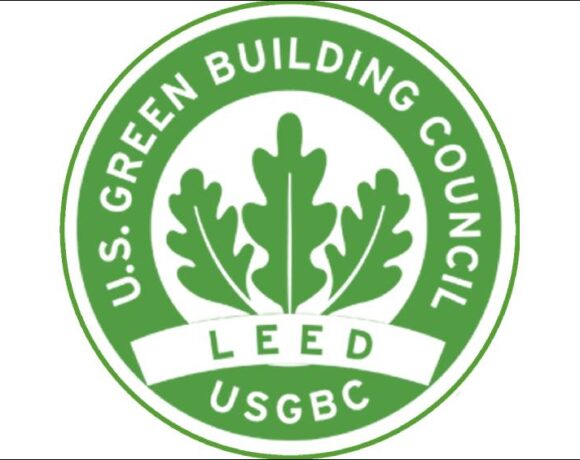Closing The Loop: How EPR Policies Can Transform Textile Waste Into Opportunity

As the fashion industry grapples with mounting environmental concerns, the concept of Extended Producer Responsibility (EPR) has emerged as a cornerstone policy to address textile waste. This report, authored by the Ellen MacArthur Foundation, explores how EPR can reshape the textile industry by shifting the focus from linear consumption patterns to sustainable, circular practices.
The Textile Industry’s Waste Crisis
Globally, more than 80% of discarded textiles end up in landfills or incinerators, contributing significantly to pollution and climate change. The linear model, where products are produced, used briefly and discarded dominates, resulting in short product lifespans and inefficient waste management systems. Textiles, including clothing and household items, are often mixed with municipal waste, reducing opportunities for reuse or recycling.
As population growth and disposable incomes increase, textile waste is projected to rise further, exacerbating the environmental impact. Not only do these textiles degrade into microplastics or release methane when improperly disposed, but they also put additional pressure on low-income communities located near landfills.
EPR — A Strategic Solution
EPR is a policy framework that extends the responsibility of producers to the post-consumer phase, requiring businesses to manage the products they sell after consumers discard them. France, Hungary and the Netherlands have adopted EPR frameworks, with other regions—including the EU, Kenya and California—actively exploring similar legislation.
The report argues that fee-based EPR schemes can provide dedicated and ongoing funding to support critical infrastructure for collection, sorting, reuse and recycling. In today’s market, collectors often focus on reusable textiles for profitability, leaving non-reusable items to landfills. EPR policy aims to bridge this gap by ensuring producers contribute financially to waste management based on their market activity.
Challenges and Opportunities in Implementing EPR
Countries implementing EPR face several challenges:
- Profitability Pressure: Collectors report decreasing profit margins as they receive lower-quality textiles, while resale markets become saturated.
- Trade and Transparency Issues: Many collected textiles are exported for sorting in countries with limited infrastructure, creating additional waste burdens. For example, Ghana’s imports of used clothing surged by over 140% between 2000 and 2021, without a corresponding increase in waste management systems.
- Limited Recycled Content Supply: While brands increasingly commit to using post-consumer recycled textiles, most recycling today comes from non-textile sources, such as PET bottles.
Despite these challenges, the report highlights key benefits of EPR, including:
- Capital Investment Attraction: Mandatory EPR can unlock infrastructure investments by providing long-term financial stability.
- Improved Transparency: EPR policies can enhance reporting on product flows, helping governments monitor progress and set effective recycling targets.
- Alignment Across Borders: Coordinated EPR schemes can reduce market fragmentation, making compliance easier for businesses operating across multiple regions.
Designing EPR for a Circular Economy
The transition to a circular economy requires EPR frameworks to focus not only on end-of-life management but also on product design and business models. Circular business models—such as rental, resale and repair services—can prolong product lifespans and reduce waste generation at the source. Moreover, global alignment on definitions (such as what constitutes “waste” versus “product”) is essential for cross-border cooperation.
The report calls for:
- National and regional targets for collection, reuse and recycling, tailored to specific contexts.
- Involvement of stakeholders across the supply chain, including informal workers in developing economies.
- EPR policy evolution to address transboundary waste issues, ensuring countries exporting used textiles are accountable for their environmental impact abroad.
A Call for Collective Action
The report emphasizes that while voluntary business action is crucial, mandatory EPR policies are necessary for systemic change. Governments, businesses and non-profit organizations must work together to establish robust systems that keep textiles in circulation. In the absence of mandatory frameworks, businesses may hesitate to invest, fearing competitive disadvantages.
Ultimately, the report concludes that the time for action is now. With resources becoming scarcer, EPR offers a proven pathway to build a sustainable, circular textile economy—one where products are designed to last, reused multiple times and recycled into new materials.















